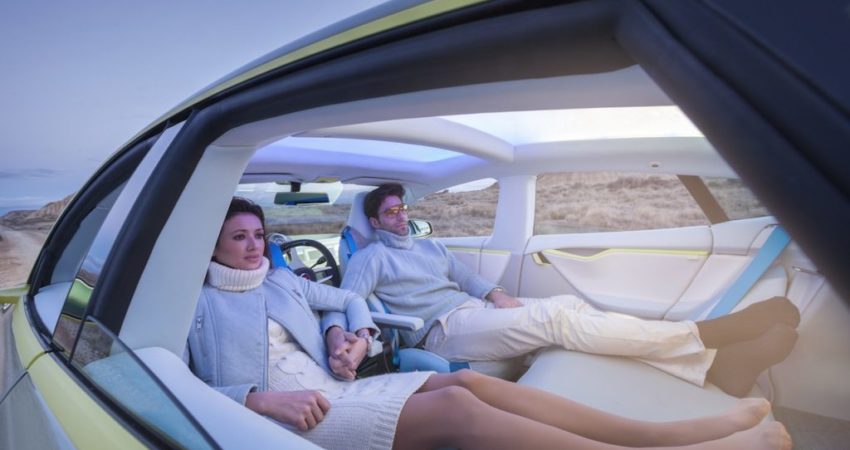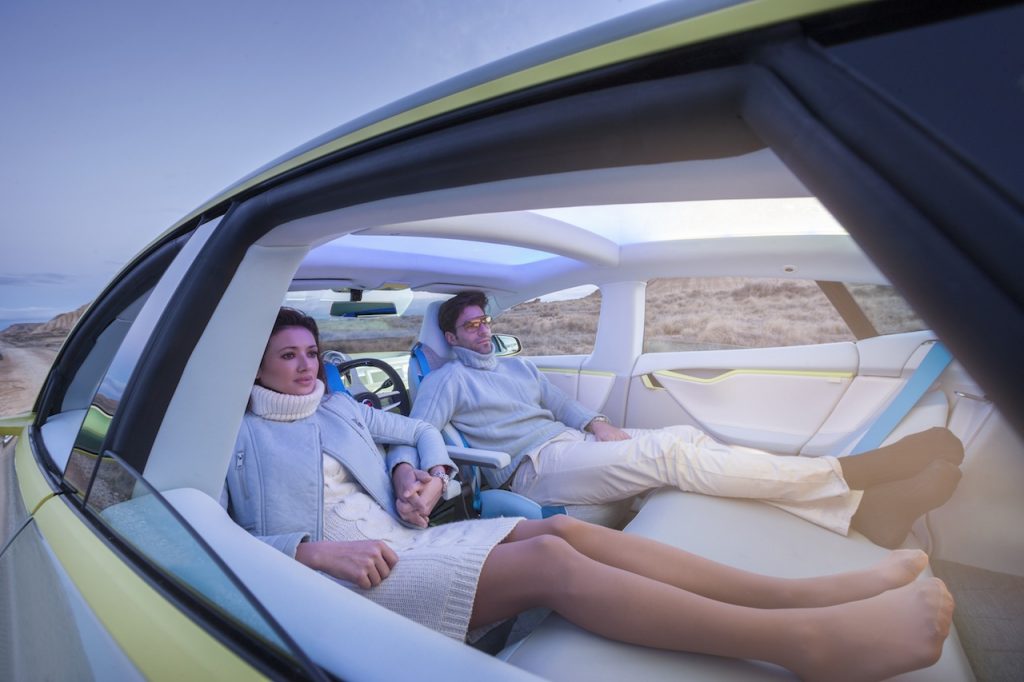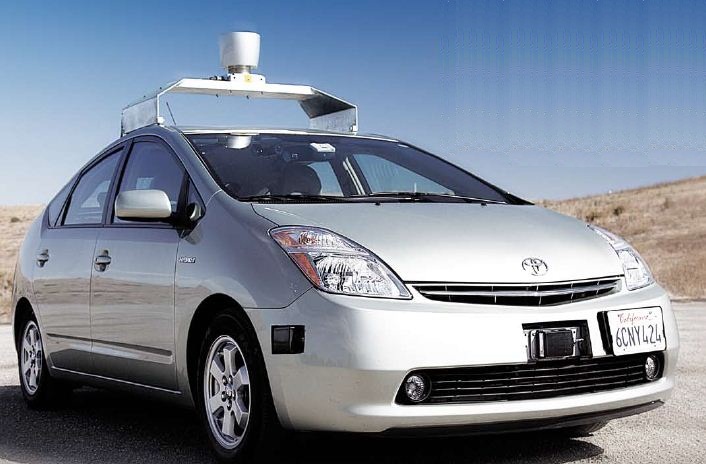
The world is slowly but surely making its way towards a future where advancements in technology and innovation are slated to rule the world in many ways. Already, we have seen technology progress in leaps and bounds, so much so that what would have been considered to be absurd even a couple of decades earlier have very much become a part of our lives at the present time. With this unprecedented and exponential growth in the development of technology, the focus is on convenience, power, versatility and most important of all, safety and environment friendliness. One of the most influential and important and technological innovations that is slowly making inroads into our lives and is set to reach a concrete shape in the near future, is the driverless or autonomous car.
We live in a society where for the past century, our existence has been majorly based on automobiles. Our car centric culture has taken shape gradually, with every facet of its existence including infrastructure, landscapes, enterprise and lifestyle having been influenced to a large degree by automobiles. Over the years, we have placed great importance on the mobility and convenience that cars have given us. However, the very concept of the car, the utility derived from it and its overall purpose is set to be completely transformed with the advent of autonomous or driverless cars. We are essentially looking at cars which are intelligent, able to communicate with each other, adapt to surroundings and drive themselves with considerably more safety and manageability then human drivers can muster. This is a harbinger of things to come as most well-known car manufacturers and other important tech companies around the world are currently trying to perfect and fine tune the technology and make it ready for the road in the near future.
Driverless Cars – The Basics
The use of automation in transport is something that has gradually developed over the years. Experiments with automated steering have been carried out on ships and airplanes for many decades and some of the most advanced automation in the transport industry currently finds home in these same modes of transport. The picture is no different when you consider automobiles. Since the time of their invention, car manufacturers have tried to incorporate more and more automation into these products. Automatic transmissions, automatic cruise control hardware, assisted parking, assisted the lane keeping, assisted braking and automated traction control have all come into the picture slowly over many decades of long research and experimentation. Driverless or autonomous cars represent a giant step towards this very direction.
There are three important elements which constitute the basic framework of driverless or autonomous cars – a navigation or GPS system, a system to recognize, process and account for dynamic conditions on public roads, and a system which turns this voluminous amount of information into actual action in the car. These three things come together nicely to create a completely self-sufficient, mutually communicating and organized network of driverless cars which are meant to operate seamlessly.
The navigation or GPS system is at the heart of the concept of driverless cars. In essence, it is the same system that powers commonly used GPS systems which issued driving instructions to human drivers. While the GPS system takes a look at a different route options and selects the best route possible, actual driving has to take into account a number of different factors like changing conditions in the roads, detours, traffic snarls and other usual obstacles. While the human mind is not capable of processing large volumes of GPS data, where it excels is in its decision-making power when it comes to intuitively making tweaks to the driving according to the conditions faced on the road. Driverless cars achieve this brilliantly through the use of advanced technologies including radar, sonar, lasers, cameras and sensors. The data provided by all these components are factored in along with the GPS data to create the perfect balance of requisites knowledge during driving.
Last but not the least, the car needs to be able to receive this information, process it and use it to initiate and can continue actual actions like steering, driving, breaking and turning. An added area of interesting technology is the possibility that these cars might be able to communicate with each other in real-time, thereby achieving better overall coordination and avoiding a number of issues like traffic snarls and accidents through its pinpoint accuracy.
Numerous Advantages
We have all heard about the much vaunted plethora of benefits and advantages that our society is about to receive from the advent of driverless or autonomous vehicles. The roads are set to become much safer as the element of possible human error is removed from the activity of driving and replaced with the failsafe intelligence of a computer system. Congestion is also set to decrease big-time as driverless cars are slated to have the ability to communicate with each other and adjust their own courses, speeds and approaches so as to minimize the chance of congestion forming. Roadways are set to be shared much more effectively by more people, and as a result we can hope for a great improvement in overall swell economy and consequent lessening in the amount of emission. This is one of the most important benefits that driverless cars can bring to our world, which is already ravaged by pollution and related problems.
Other benefits include the possibility that there will be much less space needed for parking as these vehicles are supposed to remain in motion and work like public transit systems. Also, people who cannot drive due to many different reasons will also have the opportunity to go mobile without the need to depend on other human drivers. Independent research has shown that the benefits would multiply exponentially with growth in the number of driverless cars on the road at a given point of time. Apart from the economic cost savings, the use of driverless cars would also warrant a sharp drop in the number of road accidents each year, saving lives and making motoring much safer than it is already. Overall, with the added safety, economic cost savings and the good effect on the environment, the tangible benefits of autonomous cars are hard to ignore.
The Conundrum and Possible Answers
While it is pleasant for us to imagine being able to commute without having to drive or to rely on other human drivers, the technology is far from perfect at its current stage and needs to rapidly progress towards a feasible position before it can be announced to be ready for mass market implementation. One of the most important conundrums is how to factor in the human presence in driverless cars so that if a particular car encounters an obstacle which is unforeseen or unexpected, the human driver can take over and use intuitive and cognitive abilities to subvert the situation. To this end, many leading auto mobile manufacturers of the world have also implemented a number of different measures in their cars which ensure complete, unwavering attention on the part of the human driver.
Currently, companies are engaged in ongoing research which tries to ensure complete participation on the part of the human driver in a driverless car so that any emergency can be averted through this moods and prepared transfer of control from the car computer to the human driver. Ideally, these systems allow the human driver a small duration of time to understand the situation and get acumen ties to it, before turning over control of the car so that the superior human intuitive ability can help save the situation. Manufacturers are using in cabin cameras, sensors and other forms of advanced technology to ensure that this difficult conundrum can be sorted out once and for all and the path towards the successful development and deployment of driverless cars can be made smooth.
The Future
With a large number of leading auto mobile and technology companies in the world working round-the-clock to upgrade and fine tune the technology behind driverless vehicles, there are number of stiff challenges on the way which they would have to eventually overcome. The most important of these challenges is to be able to convince billions of car consumers worldwide that it would indeed be better to leave the driving to the computer. If the goal is to make driverless autonomous cars a mainstream product, companies need to spend time and resources educating the general public about the many tangible and intangible benefits of driverless vehicles.
A gradual and slow rollout of automation features can also be something beneficial, helping car users around the world to gradually get more acquainted and acumen ties to with the notion of leaving certain things in the hands of the computer. With more advancement in the relevant technologies and the development of powerful software to govern these technologies, the future of driverless cars surely looks bright. It is one technological innovation of the future that has the potential to change our lives for the better.






















